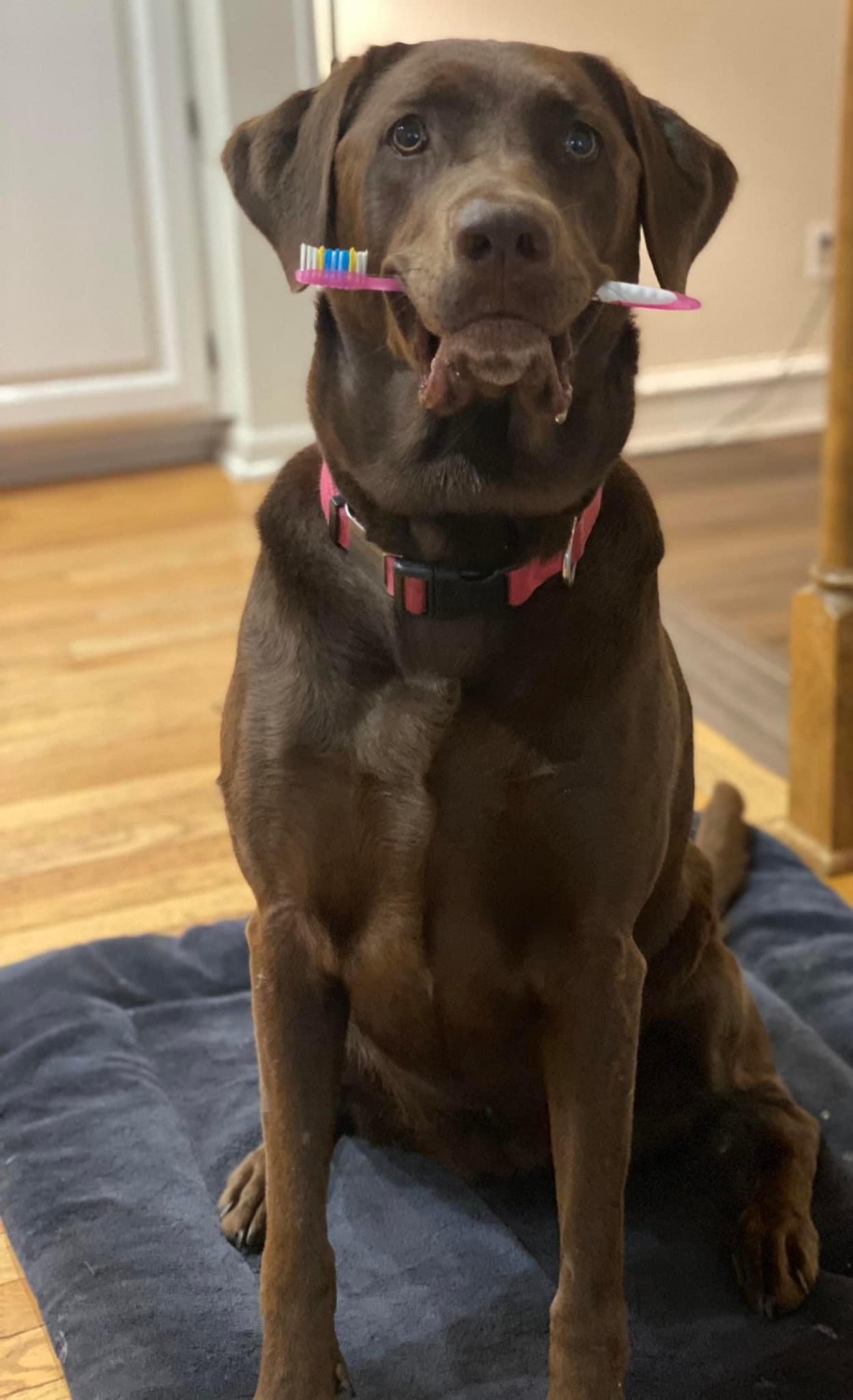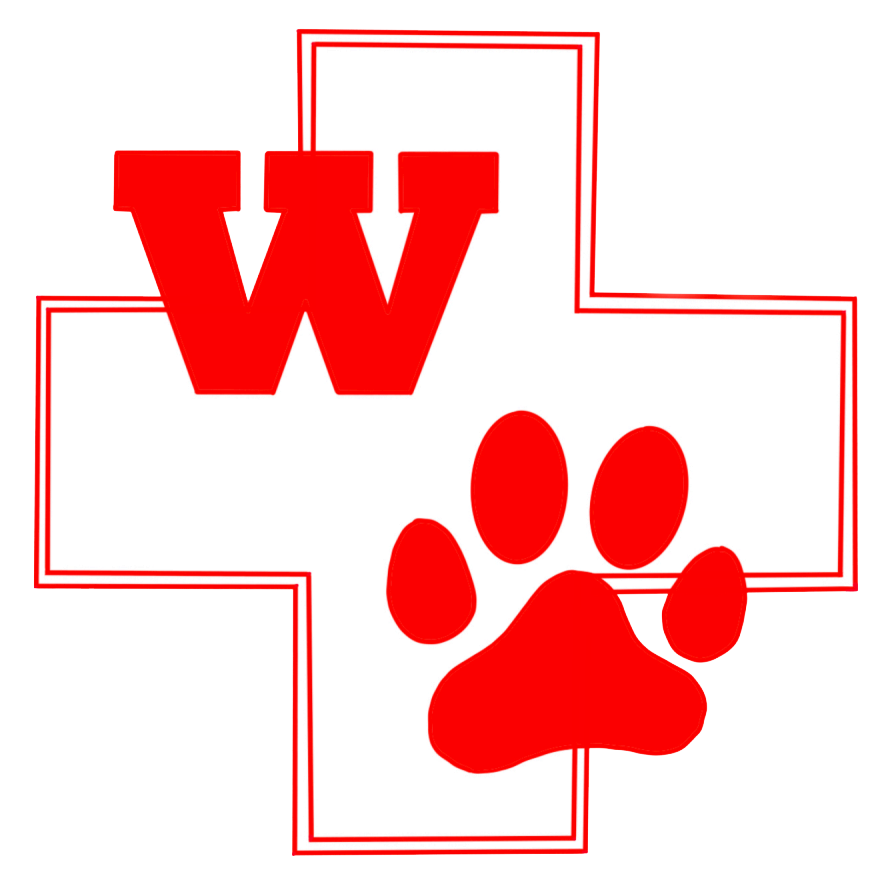|
Dentistry (Comprehensive Oral Health Assessment and Treatment)

Dental Care and Disease in Dogs and Cats: A Guide for Pet Owners
Did you know that dental disease is one of the most common health issues in dogs and cats? By the age of 3, over 80% of dogs and 70% of cats show signs of dental disease. Just like in humans, oral health is directly linked to overall health, making proper dental care an essential part of your pet’s wellness.
Understanding Dental Disease
Dental disease, also known as periodontal disease, starts with plaque buildup on the teeth. Without proper cleaning, this plaque hardens into tartar, leading to inflammation of the gums (gingivitis) and eventually damaging the teeth, gums, and even underlying bone.
If left untreated, bacteria from the mouth can enter the bloodstream, potentially causing serious issues like:
- Heart disease
- Kidney disease
- Liver complications
Signs of Dental Disease
Pets are skilled at hiding discomfort, but here are some common signs of dental issues:
- Bad breath (halitosis)
- Discolored teeth or visible tartar
- Red or swollen gums
- Difficulty eating or chewing
- Excessive drooling
- Pawing at the mouth or face
- Loose or missing teeth
If you notice any of these signs, it’s time to schedule a veterinary check-up.
Prevention is Key
Preventative care can dramatically reduce your pet’s risk of dental disease. Here’s how:
-
Daily Brushing
- Brushing your pet’s teeth is the gold standard for dental care. Use a pet-specific toothbrush and toothpaste (never human toothpaste).
- Start slowly and make it a positive experience with treats and praise.
-
Dental Chews and Toys
- Provide veterinary-approved dental chews and toys to help reduce plaque and tartar buildup.
-
Specialized Diets
- Some prescription diets are formulated to promote dental health by reducing plaque and tartar.
-
Regular Veterinary Exams
- During routine exams, your veterinarian will assess your pet’s oral health and recommend the best course of action.
-
Anesthetic-Assisted Cleanings
- While home care is important, professional dental cleanings under anesthesia are the most effective way to remove tartar below the gumline and address existing dental issues.
Why Anesthesia-Assisted Cleanings Matter
Professional dental cleanings require anesthesia to ensure a thorough and stress-free procedure. Here’s why it’s essential:
- Safety: Anesthesia prevents pain and allows your veterinarian to examine and clean every part of the mouth.
- Comprehensive Cleaning: Tartar beneath the gumline can’t be removed without anesthesia and is the primary cause of periodontal disease.
- Minimizing Stress: Pets are fully relaxed, reducing the risk of injury and making the procedure smoother for everyone.
The Cost of Prevention vs. Treatment
Preventative dental care, including regular cleanings, is far more cost-effective than treating advanced dental disease, which might require tooth extractions, antibiotics, or even surgery. Below, a 10-year-old dog came in for her yearly dental and the photo below is the "after".

| 

